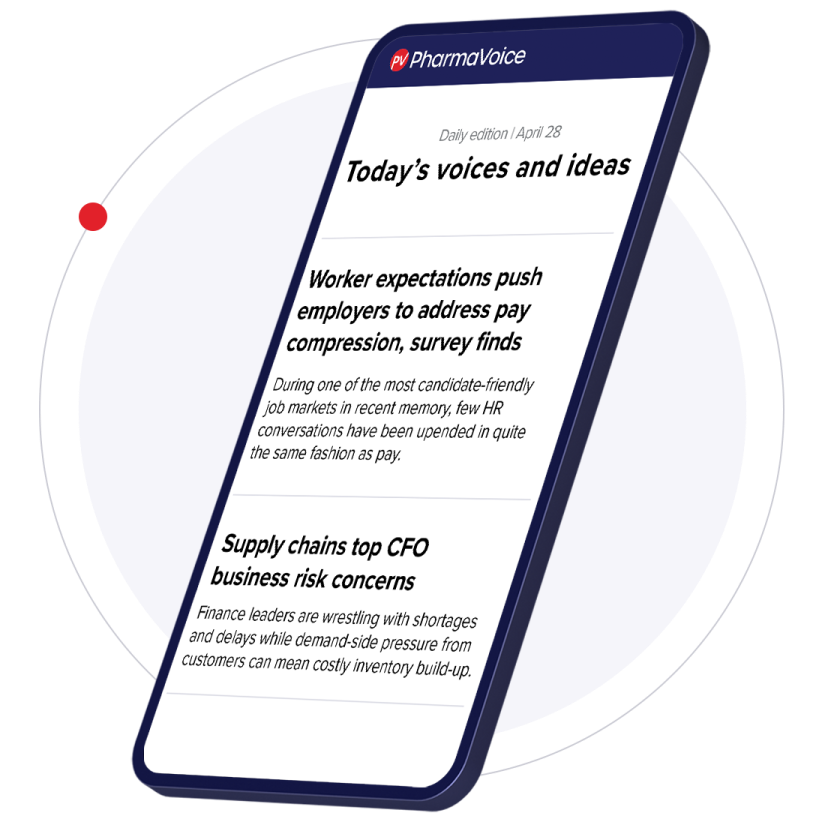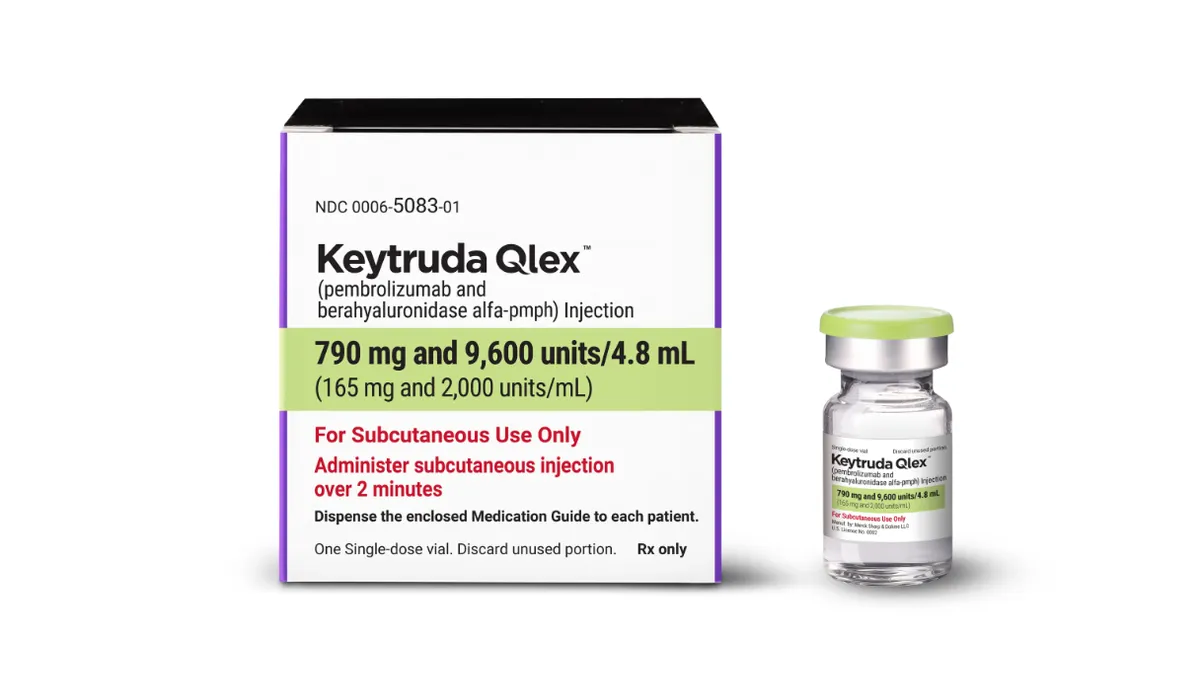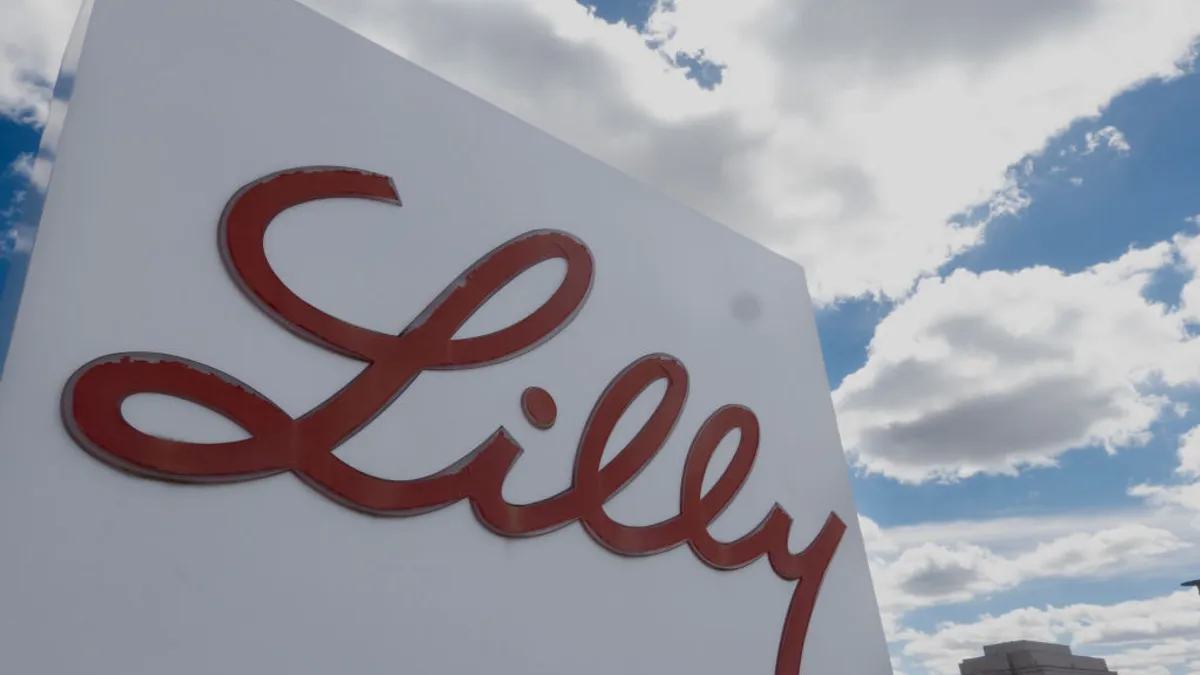A number of first-in-disease, first-in-class and first-in-modality drugs approved last year have redefined therapeutic areas, according to a recent report from Clarivate. Based on these successes and what’s ahead, the pharma industry’s playbook to overcome approaching headwinds, including patent cliffs, may rely on novelty.
“The pharma industry has recognized that it needs to develop game-changing medicines,” said Mike Ward, co-author of the report and global head of life sciences and healthcare thought leadership at Clarivate. “The me-too approach no longer cuts the mustard.”
Madrigal Pharmaceuticals broke the ceiling for the liver disease metabolic dysfunction-associated steatohepatitis early in the year when its oral medication Rezdiffra received the regulatory green light in March. As the first approved drug that directly affects liver scarring, Rezdiffra was a breakthrough for the MASH patient population.
Rezdiffra beat expectations in its first three months on the market, and will reach between $177 million to $180 million in sales for the year, Madrigal said last week in preliminary financial results. The drug’s approval has also paved the way for other candidates and helped open the door for GLP-1s to find footing as a treatment in the disease category.
Niemann-Pick disease type C, a rare genetic disorder with just 900 patients in the U.S., also claimed a breakthrough on the approval of two first-in-class drugs in September to treat neurological symptoms of the disease. Zevra Therapeutics’ Miplyffa was the first, and the company is hoping to receive approval in Europe this year. IntraBio’s Aqneursa won a green light within the same week from the FDA.
Here are other R&D trends from last year and the ripple effect they could have on the industry going forward.
Cobenfy’s neuro impact
One of the most prominent approvals in 2024 was Cobenfy, a schizophrenia treatment developed by Karuna Therapeutics, which was acquired by Bristol Myers Squibb last year for $14 billion. The drug is a first-in-class muscarinic agonist targeting the M1 and M4 brain receptors, and its approval marked the only new drug for schizophrenia treatment in decades.
“With its novel [mechanism of action], Cobenfy has the potential to impact the treatment paradigm for schizophrenia,” the Clarivate report stated.
The drug is expected to reach $1.6 billion in sales by 2030, according to Clarivate, which also predicted Cobenfy could capture 9.5% of U.S. patient share by 2032. While standard-of-care antipsychotics are still expected to be first-line treatments for schizophrenia due to their familiarity, Cobenfy could be used as an adjunctive therapy or become a later-line monotherapy if payers first encourage patients to try generics first.
Cobenfy could also have a broader impact on neuroscience R&D.
“[Cobenfy] marked the re-entry of [BMS] into the neuropsychiatry space,” Ward said. “And I think that also will prompt a lot of investment in other biotechs that are developing neuropsychiatry [drugs]. A lot of these new modalities are cutting-edge technologies, and they tend to be the sweet spot for biotech companies. Once they show proof of concept, then what you'll see is other people say, ‘We need to get our version of that.’”
With the breakthrough in schizophrenia as well as new approvals in Alzheimer’s disease, more focus is on neuroscience as a whole, Ward said.
First-in-concept drugs can also prompt drugmakers to renew focus on once-dead candidates with a similar mechanism or disease indication.
“Companies are looking at candidates they have on the shelves that they may have de-prioritized. They're all suddenly saying, ‘We've got an M1 and mM4 agonist, so actually, maybe that'll work,’” Ward noted.
BMS is now studying Cobenfy to treat Alzheimer’s disease, with phase 3 data expected in 2026. An approval in Alzheimer’s would open BMS up to a “really large market,” the pharma giant told CNBC last week.
Regulatory acceptance
The FDA approved Aduhelm, an Alzheimer’s disease therapy developed by Biogen and Eisai, despite advisory committee recommendations to the contrary. The FDA gave the drug the OK without meeting primary endpoints. The agency also gave the green light to Sarepta Therapeutics’ Duchenne muscular dystrophy gene therapy Elevidys despite some recommendations from FDA review team members it be rejected.
The controversial nods resulted in expanded approval for Elevidys (with more studies to come), while Aduhelm was pulled from the market in 2024 after sluggish uptake.
Still, the FDA’s accelerated approvals highlight the agency’s willingness to support innovation, even if it offers modest efficacy, in areas with high unmet needs.
“Some patients are benefiting from these treatments, and that's the reason [the FDA is] giving these kinds of approvals,” Ward said.
Looking ahead, the regulatory environment will continue to evolve as drug development focuses on rare and complex diseases with small patient populations. Supplemental data can help the FDA evaluate drug candidates that come with new clinical trial challenges as the science narrows.
“While regulatory hurdles exist, the industry's commitment to innovation is paving the way for more efficient approval processes,” the report stated. “By focusing on the importance of generating robust data, companies are empowered to utilize [patient reported outcomes] and [real world data] to showcase the long-term benefits and safety of their therapies, enhancing their submissions to regulatory bodies.”
Broader R&D trends
The coming year will see the expansion of novel drug development.
Gene therapy’s market promise could be realized in 2025, according to Clarivate. A slew of approvals at the end of 2023, including the sickle cell disease gene editing treatment Casgevy from Vertex Pharmaceuticals and CRISPR Therapeutics, plus Bluebird Bio’s gene therapy Lyfgenia, have helped set the stage for more breakthroughs.
The emergence of these therapies has led to a flurry of M&A deals and partnerships as more pharmas aim to enter the space with their own treatments, the report noted. But gene therapies have a ways to go when it comes to market potential. Just one of the nearly two dozen approved gene therapies is considered a blockbuster.
Obesity will continue to be a prominent sector for R&D dollars, and the next generation of meds will be about optimizing results without some of the side effects of Novo Nordisk and Eli Lilly’s blockbuster GLP-1s.
Clarivate pegged CagriSema, Novo’s clinical-stage combination of semaglutide and a long-acting amylin analog, as a drug to watch in 2025 due to its potential improved efficacy over semaglutide alone. The report predicted that if approved, CagriSema could reach nearly $5 billion in sales for obesity by 2030.
Correction: In a previous version of this article, an FDA advisory committee vote for Elevidys was mischaracterized. Elevidys was recommended for accelerated approval by the committee.




















